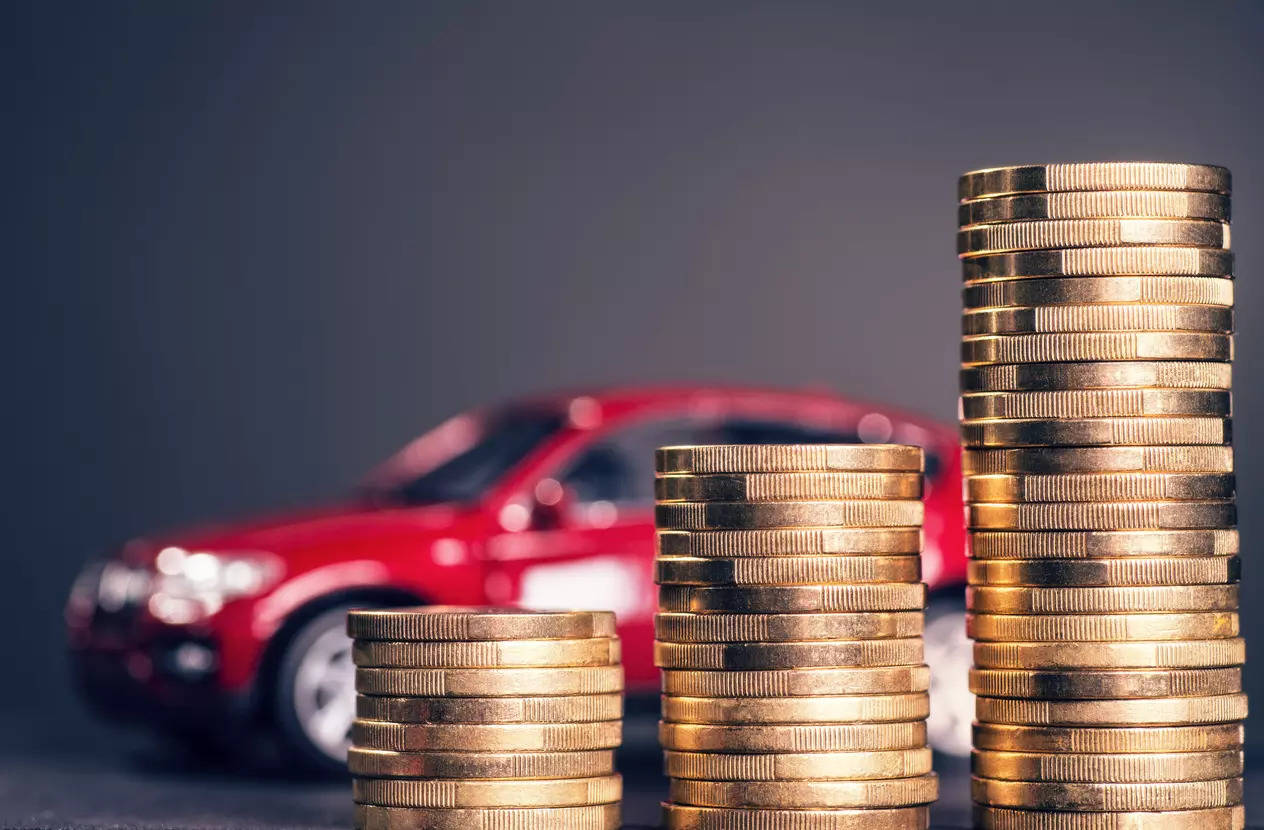
New Delhi: With an unprecedented hardening in commodity prices over the past 15-18 months, OEMs have taken multiple rounds of price hikes to protect their profit margins. Going forward, the industry may see another round of increase in vehicle prices, depending on the geopolitical situation or new regulatory norms.
Shashank Srivastava, Sr. Executive Officer-Sales and Marketing, Maruti Suzuki, said, “At the moment, the material costs have sort of stabilized. But depending on the geopolitical situation, it might go up. In this case, it is possible for OEMs to consider an increase in prices again.”
“New regulations- the OBD and the RDE norms- would require a change in the specifications of the vehicle, which means that there would be a cost pressure there. Most OEMs in many of their models have already built in those specs, which is partly the reason for the increased price that we saw in January. So depending on the model, whether the specs have been introduced with new norms or not yet, it is possible that in April, when the norms come in, you could see an increase in prices, but it all depends on the material costs,” he said.
In January, Maruti Suzuki hiked prices of its vehicles across models by about 1.1% to offset the impact of rising input costs and make provisions to update the model range to conform to stricter emission norms which will kick in from April 2023.
Tata Motors also announced an increase in the weighted average price of its passenger vehicles by 1.2% beginning February 1, citing an increase in overall input costs.
Anuj Sethi, Senior Director, CRISIL Ratings, says that commodity prices, especially steel, have been seen to moderate by about 15-20% since the second half of fiscal year 2022–23. These are expected to witness limited volatility and remain stable in fiscal year 2023–24. However, energy prices are likely to remain a bit elevated due to cost-side pressures.
“Taking into account healthy demand and an order backlog, automotive OEMs have already increased prices gradually in FY23 to enhance their operating profitability, which had been impacted in FY22. Another round of modest price hikes of 1-3% for two-wheelers and 2-4% for passenger vehicles and commercial vehicles is possible in April 2022, to pass on the cost of increased components, to cater to upcoming RDE/OBD norms,” he said.
Rohan Kanwar Gupta, Vice President & Sector Head, Corporate Ratings, ICRA Limited said, “Even as the commodity prices have started easing off towards the end of the previous calendar year, OEMs hiked prices at the start of 2023, as they had not been able to completely pass on the hardened commodity prices to the customers, cautious of the moderating impact of price hikes on demand. While the expectation is that hardening in commodity prices is not likely over the near term, a volatile geopolitical scenario remains monitorable. OEMs could go in for another round of price hikes in case the commodity prices harden going forward.”
The new norms are likely to lead to only a marginal increase in the overall vehicle price, with the changes required relatively lower vis-a-vis the previous transition, he added.
However, Puneet Gupta, Director, S&P Global Mobility noted, “Commodity prices are down by about 30% from their peak in 2020-end. And another dip of about 15-20% is expected in about 1–1.5 years. With the Chinese economy opening up, the only expected headwind is pent up demand in the market, leading to pressure on commodity prices. This may even be nullified by the recession in US and European markets.”
According to him, a price hike is not expected, as critical regulations are already in place and car prices are already high. “The story of the price hike is over now. Looking at the macroeconomic factors, I don’t think a price hike is expected unless there is a new regulation in place.”
Starting April 2023, the automotive industry is also set to implement the BS-VI Stage-II norms, which would require vehicles to meet stringent emission norms (closer to global standards). To comply, the vehicles will need to have an onboard self-diagnostic device called OBD2 as standard. The device will constantly monitor the catalytic converter, oxygen sensors, etc., to keep a close watch on emissions. In a scenario where the emissions exceed the parameters, the device will indicate (through warning lights) that the vehicle be submitted for service.
Additionally, in order to control the level of fuel burned, the vehicles will also carry programmed fuel injectors, which will control the timing and amount of fuel injected into the petrol engine. Even the semiconductors used by the vehicle will have to be upgraded to monitor the throttle, crankshaft positions, air intake pressure, the temperature of the engine, and the contents of the emissions from the exhaust (particulate matter, nitrogen oxide, CO2, sulfur, etc.).
A large portion of the investment by OEMs would be required to incorporate the onboard self-diagnostic device, in addition to investments in hardware and software upgrades. In relation to BS-VI Stage I, the investment required is expected to be relatively modest.
As per the industry experts, the ideal cost impact of RDE/OBD norms is about INR 15,000–20,000 on a gasoline car and INR 65,000–70,000 on a diesel car. But most OEMs have split up this cost with an increase in prices in January. For the diesel vehicles, it would be a large increase because the cost of conforming to ordinance is much higher. For gasoline, it would probably not be as high a pressure to increase prices. So the net expected impact is about INR 35,000–40,000 for diesel cars for OEMs.
Also Read:

















